Home>Garden Essentials>How Long Does It Take Jewelweed To Germinate
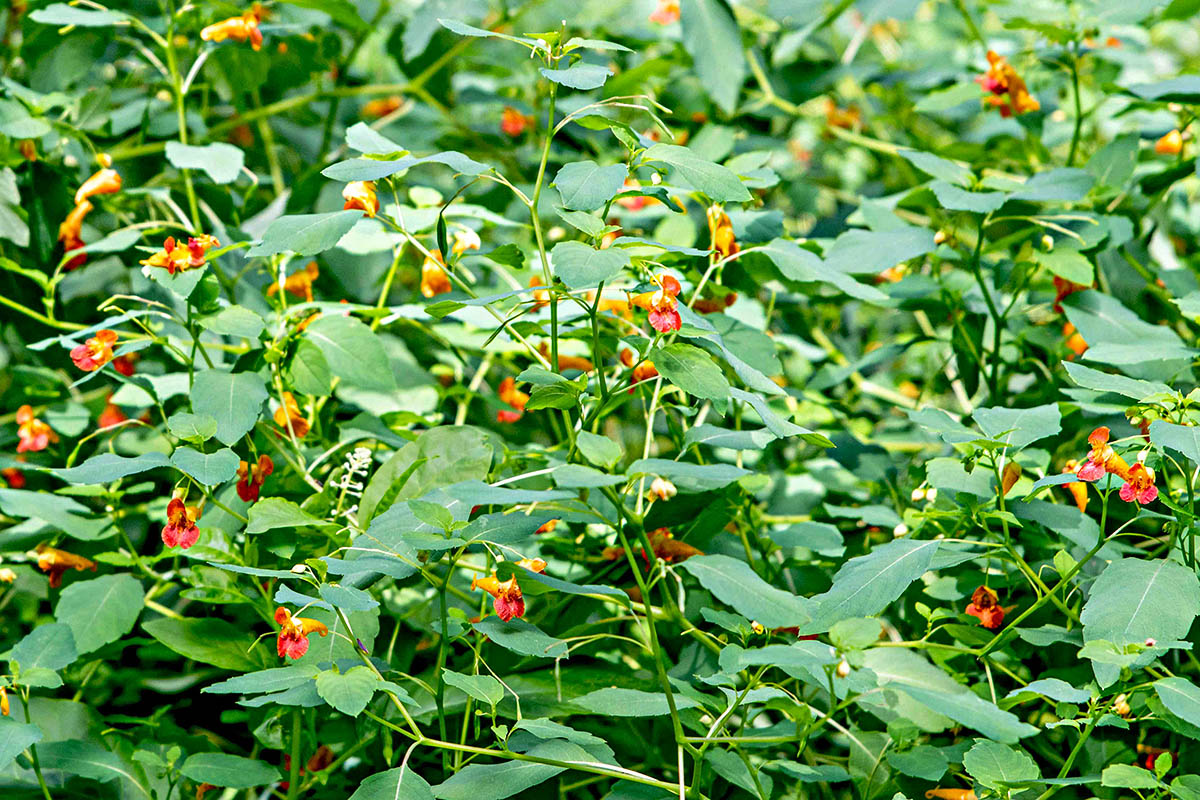

Garden Essentials
How Long Does It Take Jewelweed To Germinate
Modified: March 16, 2024
Discover the germination time of jewelweed in your garden. Find out how long it takes for this plant to sprout and thrive.
(Many of the links in this article redirect to a specific reviewed product. Your purchase of these products through affiliate links helps to generate commission for Storables.com, at no extra cost. Learn more)
Introduction
In the world of gardening, one plant that has gained significant attention is jewelweed. Its vibrant flowers and unique characteristics make it a sought-after addition to any garden. If you’ve recently purchased jewelweed seeds or are considering growing this beautiful plant from scratch, you might be wondering how long it takes for jewelweed to germinate. In this article, we will delve into the germination process of jewelweed and explore the factors that can impact the time it takes for these seeds to sprout.
Understanding the germination process of jewelweed is crucial to ensuring successful growth and cultivation. By having a clear understanding of the optimal conditions and factors that promote germination, you can maximize the chances of your seeds sprouting and thriving into healthy jewelweed plants.
Germination refers to the process by which a seed transforms into a seedling, putting out roots and shoots to begin its growth journey. This process is influenced by various factors such as temperature, moisture, light, and soil conditions. By providing the ideal environment for jewelweed germination, you can expedite the growth process and enjoy the beauty of this plant in your garden at a faster pace.
Before we explore the factors that impact jewelweed germination, let’s take a closer look at this fascinating plant.
Key Takeaways:
- Jewelweed seeds take 7 to 14 days to germinate in optimal conditions, influenced by factors like temperature and moisture. Patience and proper care are key to successful germination.
- To germinate jewelweed seeds, provide consistent moisture, keep the seeds in darkness, and maintain a temperature of 65-75°F. Choose high-quality seeds and be patient for successful germination.
Understanding Jewelweed
Jewelweed, scientifically known as Impatiens capensis, is a popular plant known for its delicate blossoms and unique characteristics. It is native to North America and is often found in moist, shady areas such as woodlands, stream banks, and marshes. Jewelweed is commonly recognized for its trumpet-shaped flowers in vibrant hues of orange and yellow, which serve as a magnet for hummingbirds and butterflies.
Aside from its visual appeal, jewelweed is also known for its medicinal uses. The plant contains natural compounds that are believed to provide relief for skin irritations, such as poison ivy and insect bites. The juice found in jewelweed’s stems and leaves is often used to soothe itching and reduce inflammation.
When it comes to cultivation, jewelweed is a versatile plant that can be grown in various settings. Whether you have a small garden, a spacious backyard, or even a balcony, jewelweed can thrive in containers or directly in the ground, making it an accessible choice for both novice and experienced gardeners.
Now that we have a better understanding of jewelweed, let’s explore the germination process of this remarkable plant.
The Germination Process of Jewelweed
The germination process of jewelweed begins when a seed is exposed to the right conditions for growth. Before planting the seeds, it is essential to know that jewelweed seeds have a hard outer layer that needs to be softened or scarified to aid in germination. This can be achieved by nicking or scratching the seed coat or exposing it to hot water for a brief period.
Once the outer layer is prepared, the seed is ready to be planted. It is recommended to sow the seeds in a well-draining soil mix, ensuring that they are covered with a thin layer of soil. Jewelweed seeds require moisture to germinate, so it’s essential to keep the soil consistently moist throughout the germination period.
As the seed absorbs water, it undergoes a process called imbibition. This triggers enzymes within the seed to activate, breaking down stored nutrients and initiating cell division and growth. Radicle emergence, or the emergence of the seedling’s main root, is the first visible sign of germination.
Following radicle emergence, the seedling begins to develop its first set of leaves. These cotyledons provide the necessary energy for the seedling to grow until it can produce its own food through photosynthesis. As the seedling continues to grow, true leaves will replace the cotyledons.
It’s crucial to provide adequate light for the growing seedling. Jewelweed thrives in shaded areas, so placing it in a bright but indirect light location is ideal. This encourages healthy growth and prevents the seedlings from becoming leggy or weak.
The germination process can vary in length, depending on various factors that we will explore next.
Factors Affecting Jewelweed Germination
Several factors can influence the germination of jewelweed seeds. Understanding these factors will help you create the optimal conditions to promote successful germination and ensure the healthy growth of your jewelweed plants. Here are some key factors that affect jewelweed germination:
- Temperature: Jewelweed seeds germinate best within a temperature range of 65 to 75 degrees Fahrenheit (18 to 24 degrees Celsius). In cooler temperatures, germination may be slower, while higher temperatures can inhibit or delay germination. Maintaining a consistent temperature within this range will aid in the germination process.
- Moisture: Jewelweed seeds require moist conditions to germinate. The soil should be kept consistently moist but not waterlogged. Adequate moisture ensures that the seed can imbibe water and activate the germination process. Regularly check the moisture levels and provide water as needed, particularly if you are germinating the seeds indoors or in a controlled environment.
- Light: Unlike some seeds that require light to germinate, jewelweed seeds prefer darkness. Light can inhibit the germination process or result in weak, spindly seedlings. Ensure that the seeds are planted at an adequate depth to shield them from light. A thin layer of soil, around 1/8 to 1/4 inch, is sufficient to block out light and promote successful germination.
- Soil Quality: Jewelweed thrives in moist, well-draining soil. The soil should be rich in organic matter and have a slightly acidic to neutral pH level, ideally between 6.0 and 7.0. Ensure that the soil is loose and friable, allowing the delicate roots to spread easily. Amending the soil with compost or well-rotted manure before planting will provide the necessary nutrients for healthy germination.
- Seed Quality: The quality of the seeds plays a vital role in germination. Choose fresh, viable seeds from a reputable source to increase the chances of successful germination. Older seeds or seeds that have been poorly stored might have reduced viability and lower germination rates. It’s also essential to properly store any unused seeds in a cool, dry place for future use.
By considering these factors and ensuring the optimal conditions for jewelweed germination, you can improve the success rate and speed up the germination process. With the right environment, your jewelweed seeds will transform into healthy seedlings ready to flourish in your garden.
Jewelweed seeds typically germinate within 7-21 days when planted in moist, shady soil. Keep the soil consistently moist to encourage germination.
Optimal Conditions for Jewelweed Germination
To maximize the chances of successful jewelweed germination, it is crucial to provide the optimal conditions for the seeds to thrive. By creating an environment that closely mimics their natural habitat, you can encourage quick and healthy germination. Here are the optimal conditions for jewelweed germination:
- Temperature: Jewelweed seeds prefer moderate temperatures for germination, ideally between 65 to 75 degrees Fahrenheit (18 to 24 degrees Celsius). Keeping the seeds at a consistent temperature within this range will help promote quicker and more uniform germination. Avoid extreme temperature fluctuations, as they can hinder the germination process.
- Moisture: Jewelweed seeds require a moist environment to germinate. Ensure that the soil is consistently moist, but not waterlogged, throughout the germination process. Regularly check the soil’s moisture level and provide water as needed. Using a spray bottle to mist the soil can help maintain the appropriate moisture level without disturbing the seeds’ placement.
- Light: Jewelweed seeds prefer darkness for germination. Plant the seeds at a depth of around 1/8 to 1/4 inch to shield them from light. Providing darkness allows the seeds to focus on the germination process without interference. Once the seedlings have emerged and developed their first true leaves, they can be gradually exposed to more light.
- Soil Quality: Jewelweed thrives in well-draining soil that is rich in organic matter. Prepare the soil by loosening it and removing any debris or rocks. Amending the soil with compost or well-rotted manure will provide the necessary nutrients for healthy germination. Aim for a slightly acidic to neutral pH level, generally between 6.0 and 7.0, to create an ideal growing medium for jewelweed seeds.
- Watering: Proper watering is crucial for jewelweed germination. Besides maintaining soil moisture, it is essential to avoid overwatering, which can lead to waterlogged conditions that suffocate the seeds. Water the seeds gently and evenly, ensuring that the soil is moist but not saturated. A light misting with a spray bottle or a gentle watering can be effective in preventing excessive moisture.
- Germination Container: Providing the right germination container can contribute to successful jewelweed germination. Use shallow containers or seedling trays with adequate drainage holes to prevent water accumulation. This allows excess moisture to drain away, reducing the risk of seed rot. If using individual containers, ensure they are at least 2-3 inches deep to accommodate the seedling’s initial root growth.
By carefully observing and providing these optimal conditions for jewelweed germination, you can increase the chances of a successful and efficient germination process. Monitor the progress of the seeds regularly, making adjustments as needed to maintain the ideal environment for their growth.
Read more: How Long Does Popcorn Take To Germinate
Duration of Jewelweed Germination
The duration of jewelweed germination can vary depending on several factors, including the quality of the seeds and the environmental conditions provided. Generally, jewelweed seeds take an average of 7 to 14 days to germinate under optimal conditions.
However, it’s important to note that germination times can be influenced by factors such as temperature, moisture levels, and seed quality. Cooler temperatures or inconsistent moisture can extend the germination period, while ideal conditions can promote quicker germination.
It’s normal to see variations in germination times, as not all seeds will sprout simultaneously. Some seeds may germinate earlier, while others may take a bit longer. This staggered germination is a natural process and ensures a more extended period of plant growth and flowering.
During the germination process, closely monitor the seeds for any signs of growth. The first visible sign of germination is radicle emergence, where the seedling’s main root emerges from the seed coat. This is followed by the development of the first set of leaves, known as cotyledons.
As the seedlings continue to grow, they will produce true leaves, which are the characteristic leaves of the plant. It is important to provide adequate light during this stage to support healthy seedling development. Placing the seedlings in a bright but indirect light location will encourage strong, compact growth.
While jewelweed germination typically occurs within 7 to 14 days, it’s important to be patient and allow the seeds sufficient time to sprout. Sometimes, under less than ideal conditions, germination may take a bit longer. By providing consistent care and maintaining the optimal conditions for germination, you can increase the speed and success of the germination process.
Remember to regularly check the moisture levels of the soil and adjust watering as needed to ensure adequate but not excessive moisture. Additionally, keep an eye out for any signs of fungal infections or pests, and take appropriate measures to protect the seedlings.
By understanding the expected duration of jewelweed germination and the factors that can influence it, you can plan and monitor the growth of your jewelweed plants effectively. Patience, proper care, and optimal conditions will reward you with healthy and thriving jewelweed seedlings ready to grace your garden.
Tips for Germinating Jewelweed Seeds
Germinating jewelweed seeds can be an exciting and rewarding experience, and with a little knowledge and attention to detail, you can increase your chances of successful germination. Here are some helpful tips to guide you:
- Choose high-quality seeds: Start with fresh, high-quality jewelweed seeds from a reliable source. Look for seeds that are plump, firm, and free from damage or signs of mold or disease.
- Scarify or soak the seeds: Jewelweed seeds have a hard seed coat that can benefit from scarification or soaking to improve germination rates. You can gently nick the seed coat with a knife or sandpaper to help water penetrate, or soak the seeds in warm water overnight before planting.
- Prepare the planting medium: Use a well-draining soil mix or seed-starting medium for germinating jewelweed. Ensure the soil is loose and free from clumps to allow easy root penetration and moisture distribution. You can also add compost or organic matter to enhance the soil’s nutrient content.
- Provide consistent moisture: Jewelweed seeds require consistent moisture for germination. Keep the soil moist, but not waterlogged, by misting the soil with a spray bottle or using a gentle watering technique. Monitor the moisture levels regularly and adjust watering as needed.
- Create a suitable environment: Jewelweed prefers cooler temperatures and shaded areas. Place the seeds in a location that receives indirect light or partial shade. Maintain the temperature within the optimal range of 65 to 75 degrees Fahrenheit (18 to 24 degrees Celsius) for best results.
- Protect the seeds from pests: Jewelweed seeds can be susceptible to pests, so take measures to protect them. Consider using organic pest control methods or covering the planting area with a mesh netting to prevent birds or squirrels from disturbing the seeds.
- Be patient: Germination can take anywhere from 7 to 14 days, and sometimes even longer, depending on the conditions. Be patient and avoid disturbing the seeds or moving the containers too frequently. Give the seeds time to sprout and the seedlings to develop.
- Transplant with care: Once the jewelweed seedlings have developed a few sets of true leaves, they can be gently transplanted into individual pots or directly into the garden. Handle the delicate seedlings with care to avoid damaging the roots or leaves. Allow the seedlings to acclimate gradually to outdoor conditions before full transplantation.
- Continue care and maintenance: After transplanting, provide regular care and maintenance to ensure the healthy growth of your jewelweed plants. Water them regularly, protect them from extreme weather conditions, and provide adequate light and nutrients to encourage vigorous growth.
By following these tips, you’ll be well on your way to successfully germinating your jewelweed seeds and watching them develop into beautiful, thriving plants. Enjoy the process and look forward to the vibrant beauty and potential medicinal benefits that jewelweed will bring to your garden!
Conclusion
Growing jewelweed from seeds is a rewarding experience that allows you to witness the beauty and unique characteristics of this remarkable plant. By understanding the germination process and providing the optimal conditions, you can increase the chances of successful and timely germination.
Throughout this article, we’ve explored the various factors that can affect jewelweed germination, including temperature, moisture, light, soil quality, and seed quality. By carefully considering these factors and creating the ideal environment, you can accelerate the germination process and ensure the healthy growth of your jewelweed plants.
Remember to choose high-quality seeds, scarify or soak them if necessary, and provide a well-draining soil mix. Keep the soil consistently moist and provide the right amount of light, ensuring the seedlings are protected from excessive heat or direct sunlight during their early stages of growth.
Patience is key when germinating jewelweed seeds, as the duration can vary depending on several factors. However, with proper care, attention, and patience, you’ll witness the emergence of seedlings and their progression into mature plants.
Once the jewelweed seedlings have developed a few sets of true leaves, they can be transplanted into individual pots or directly into your garden. From there, continue providing the necessary care, ensuring regular watering, protection from pests, and appropriate light and nutrients to support their growth and development.
By following the tips provided in this article, you’ll be well-equipped to successfully germinate jewelweed seeds and enjoy the beauty and potential benefits of this extraordinary plant. Whether you’re seeking a vibrant addition to your garden or the soothing relief from skin irritations, growing jewelweed from seeds is an engaging and fulfilling endeavor.
So, don’t hesitate to embark on your jewelweed germination journey. With proper knowledge and care, you’ll soon be delighted by the sight of jewelweed flowers brightening up your garden and providing a haven for pollinators.
Frequently Asked Questions about How Long Does It Take Jewelweed To Germinate
Was this page helpful?
At Storables.com, we guarantee accurate and reliable information. Our content, validated by Expert Board Contributors, is crafted following stringent Editorial Policies. We're committed to providing you with well-researched, expert-backed insights for all your informational needs.
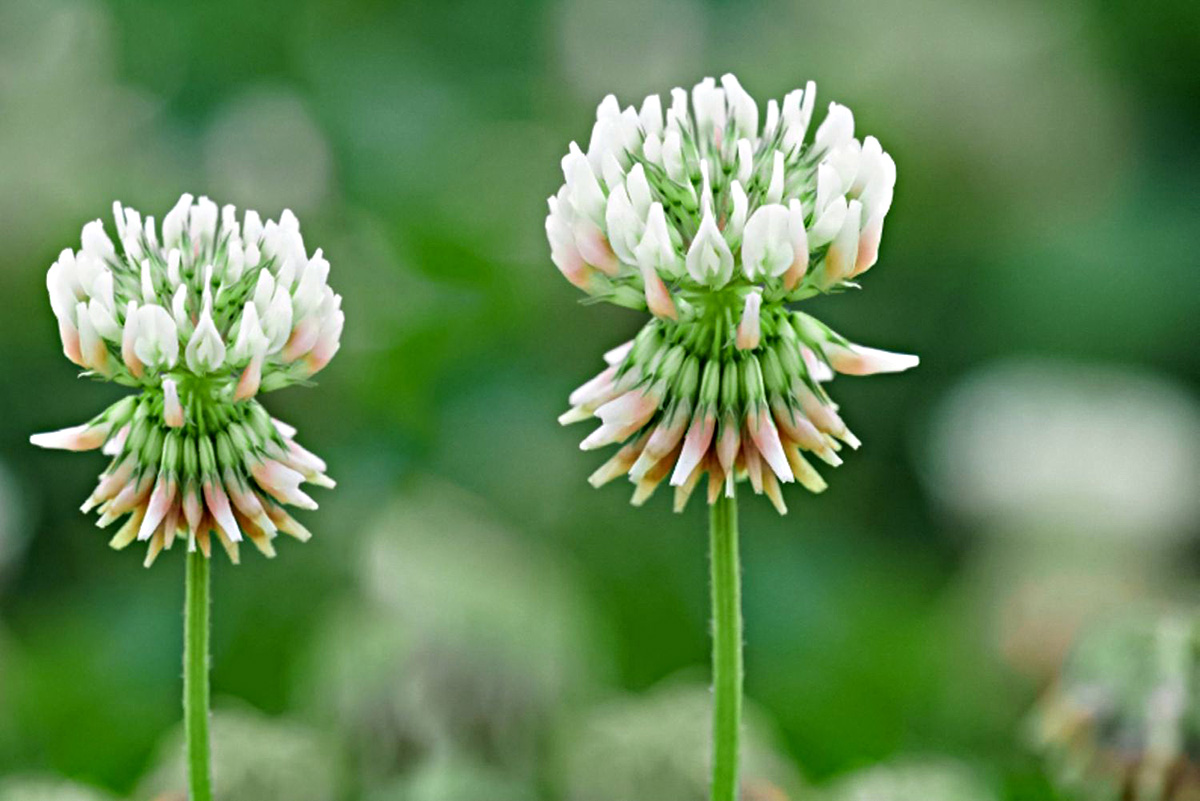
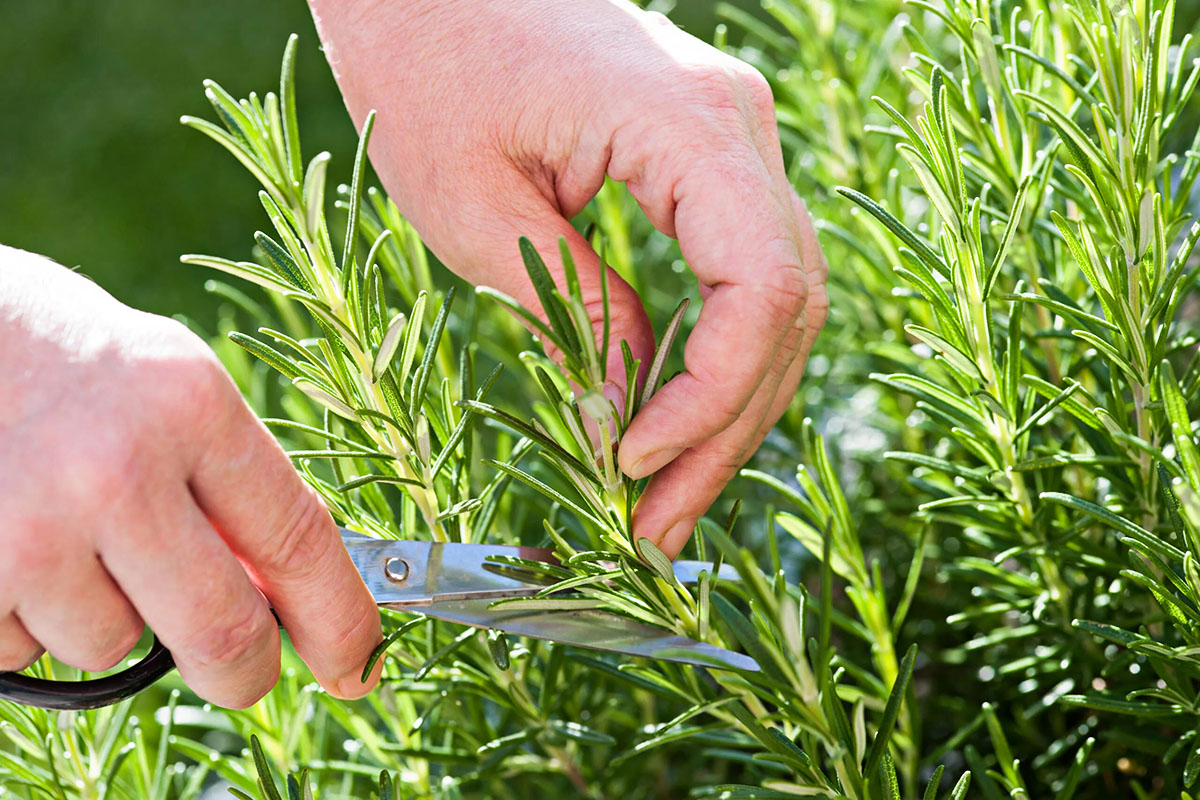
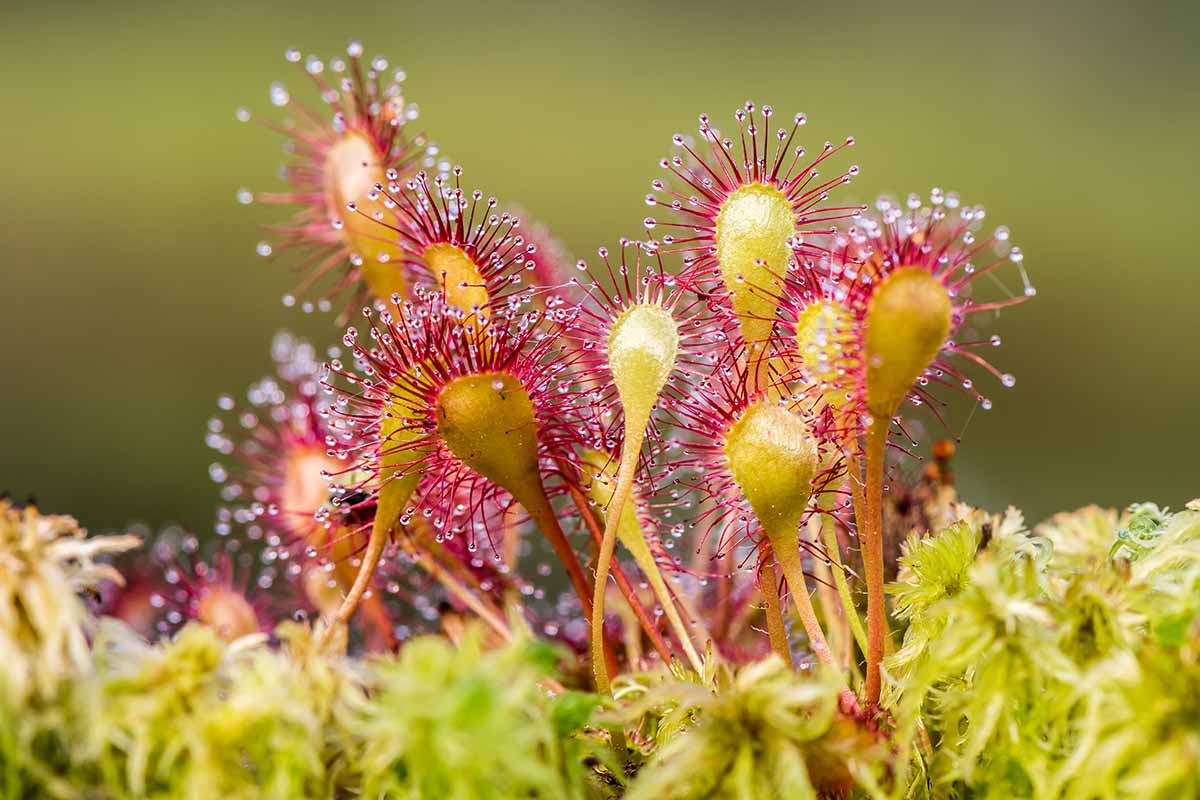
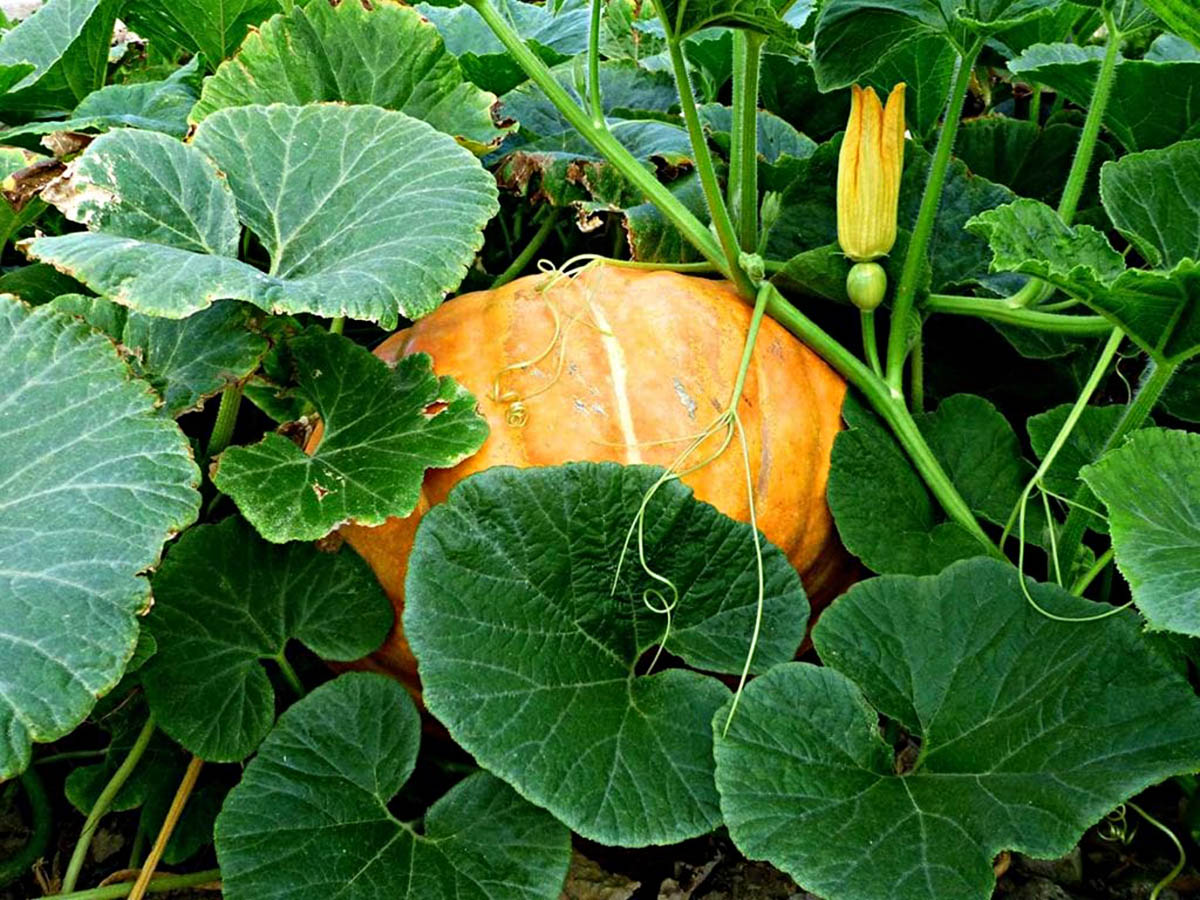
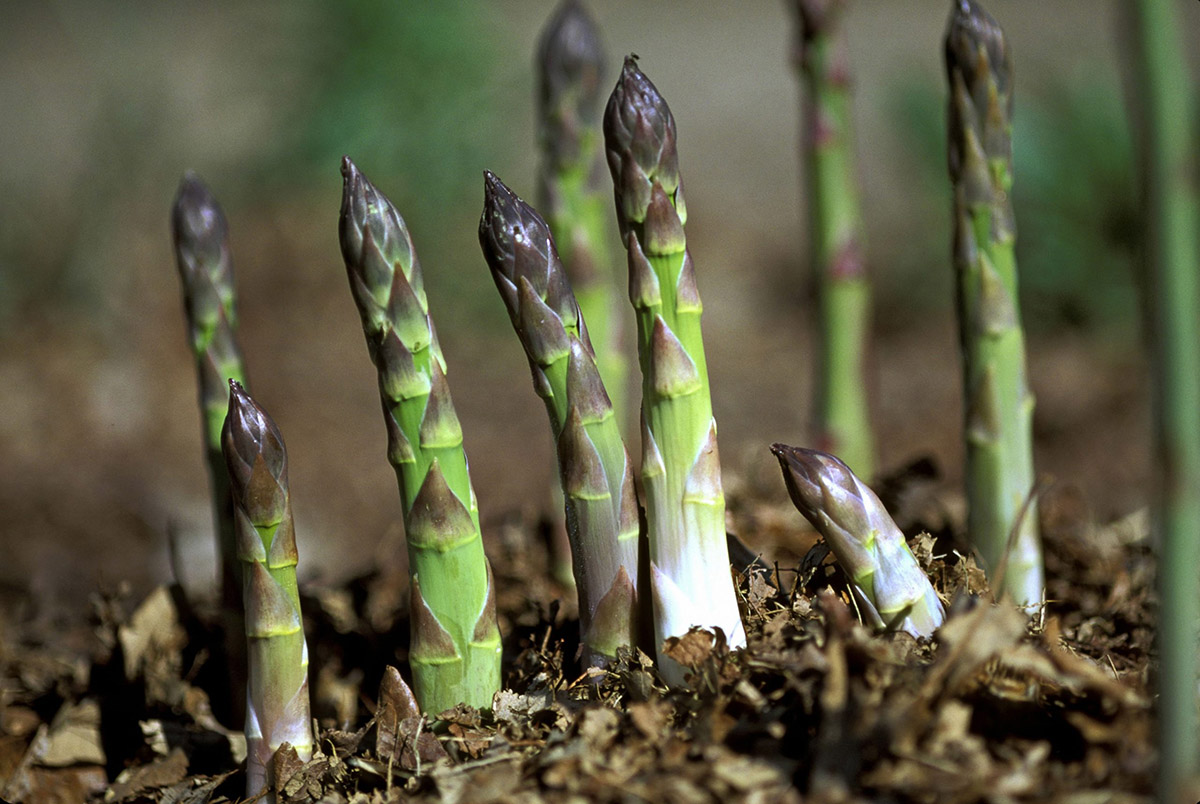
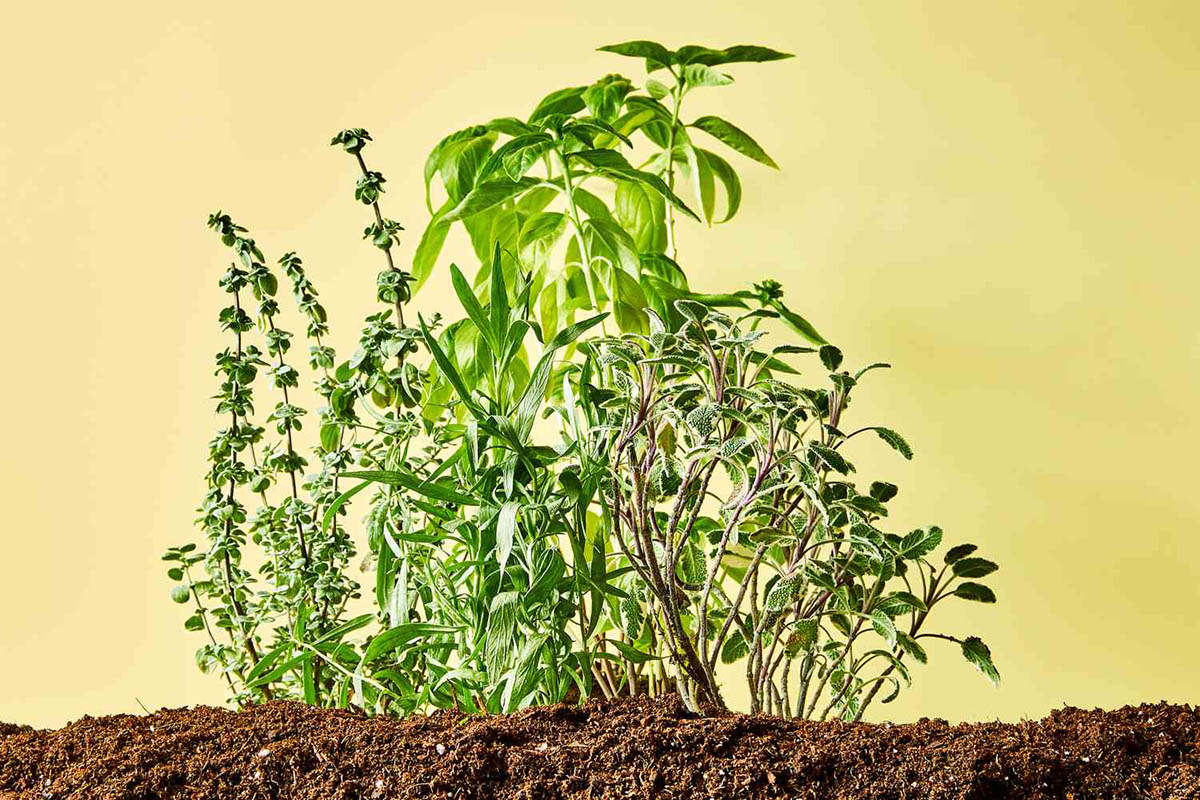
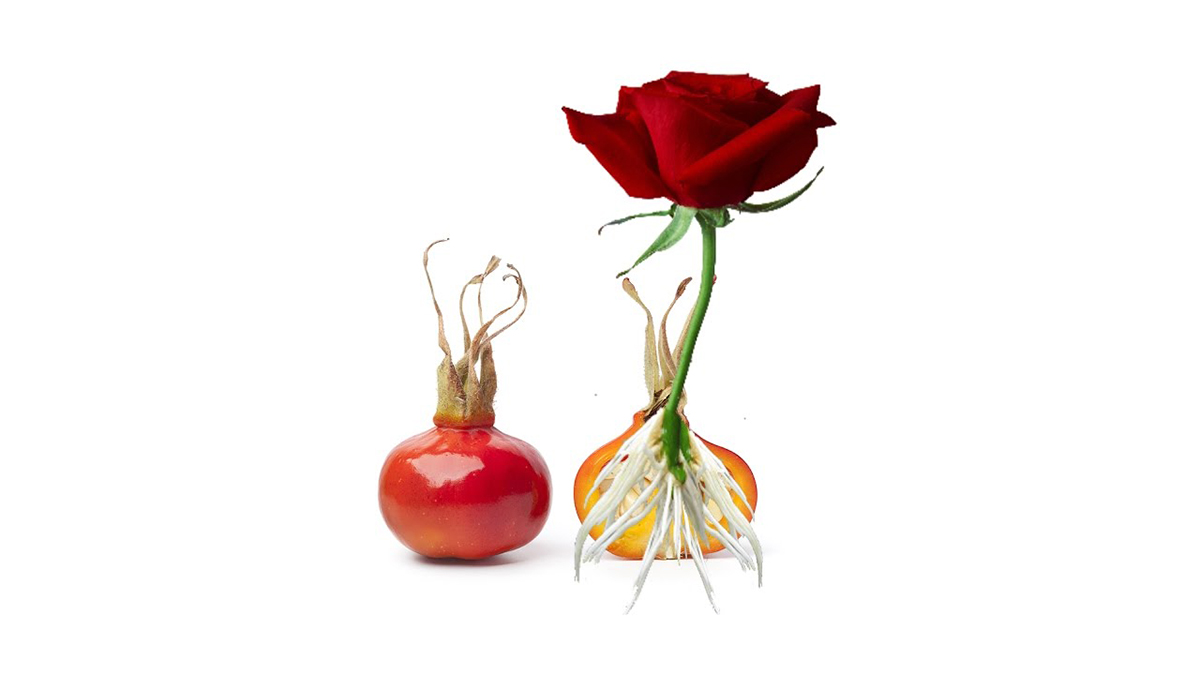
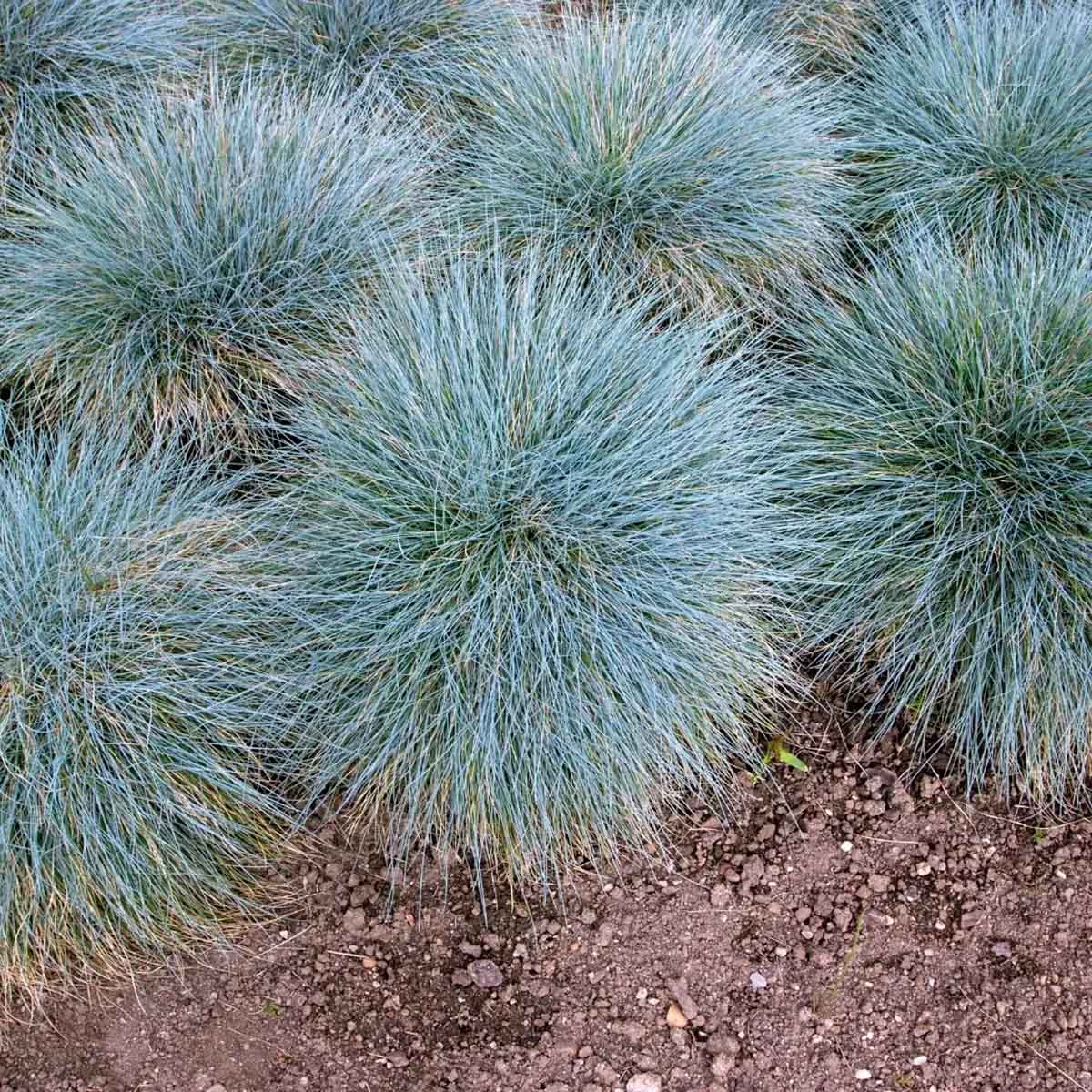
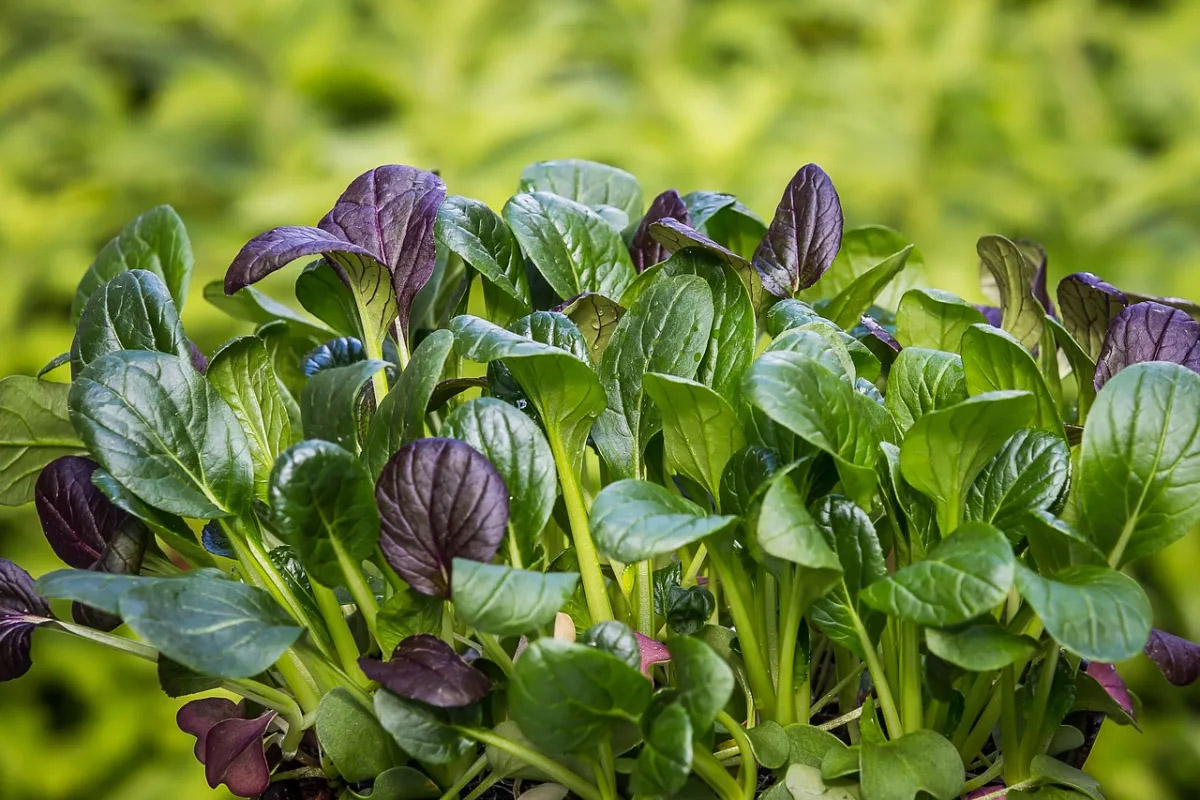
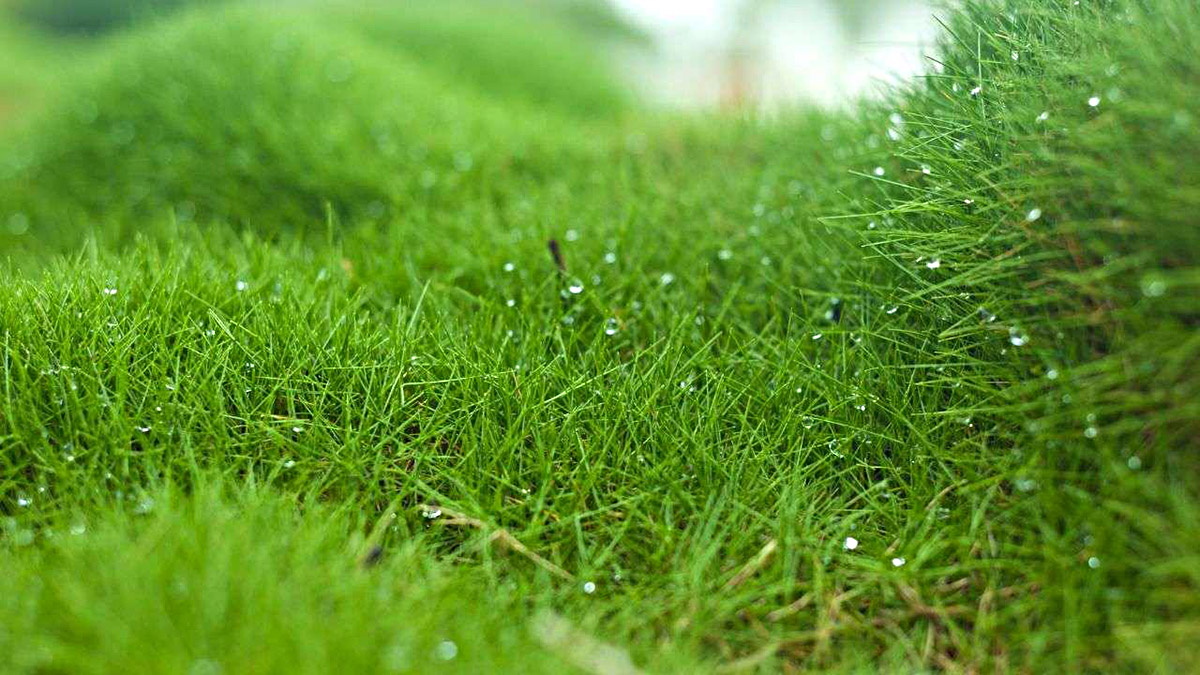
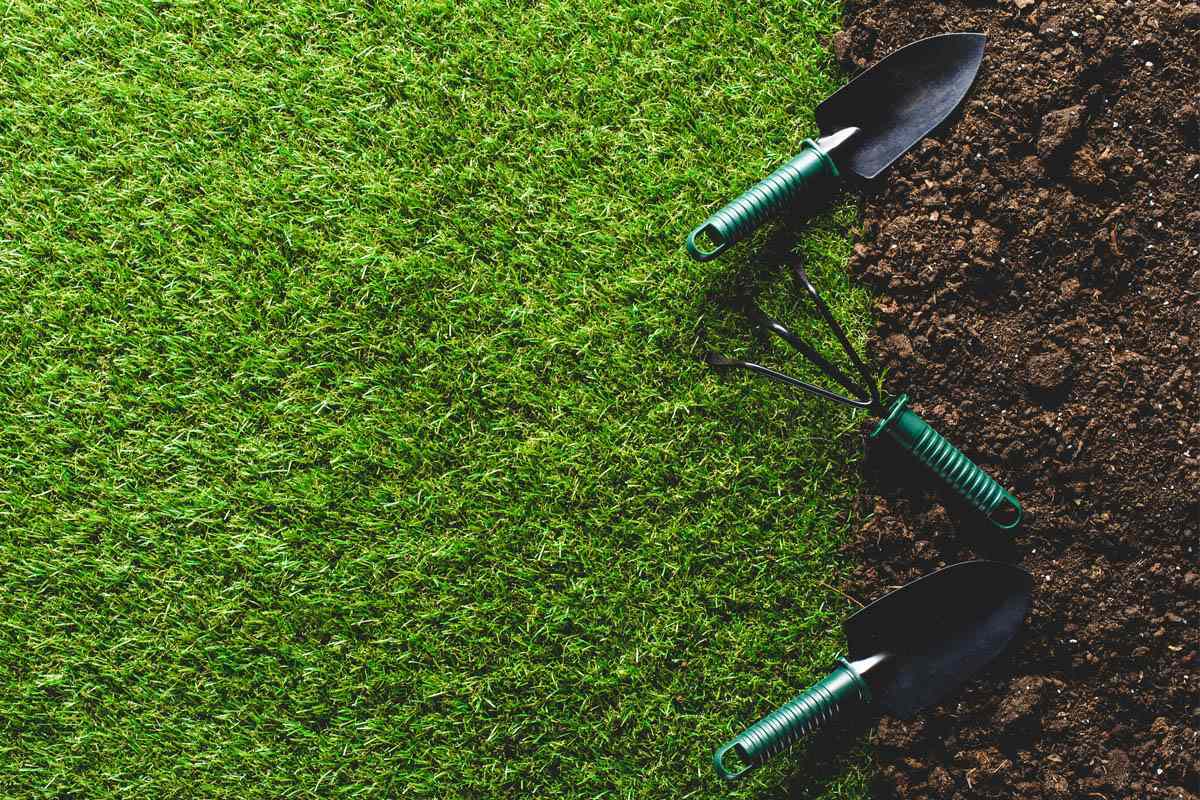
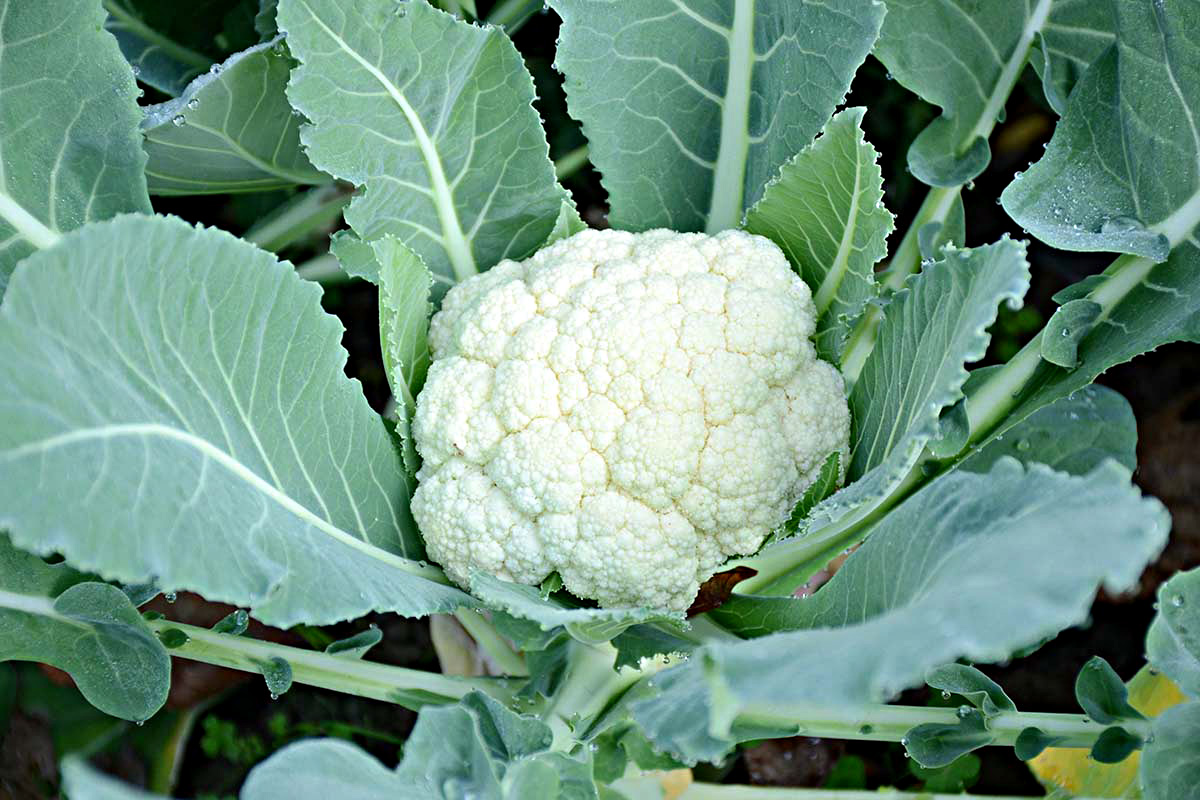
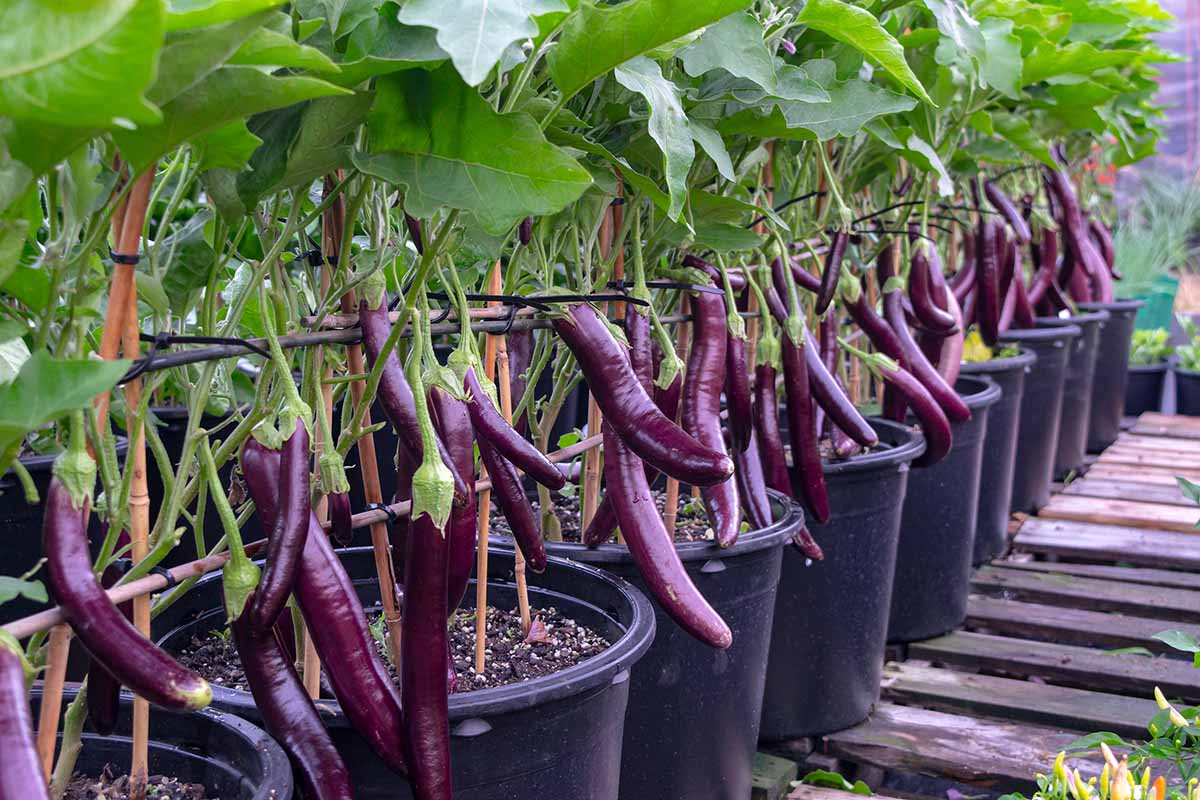
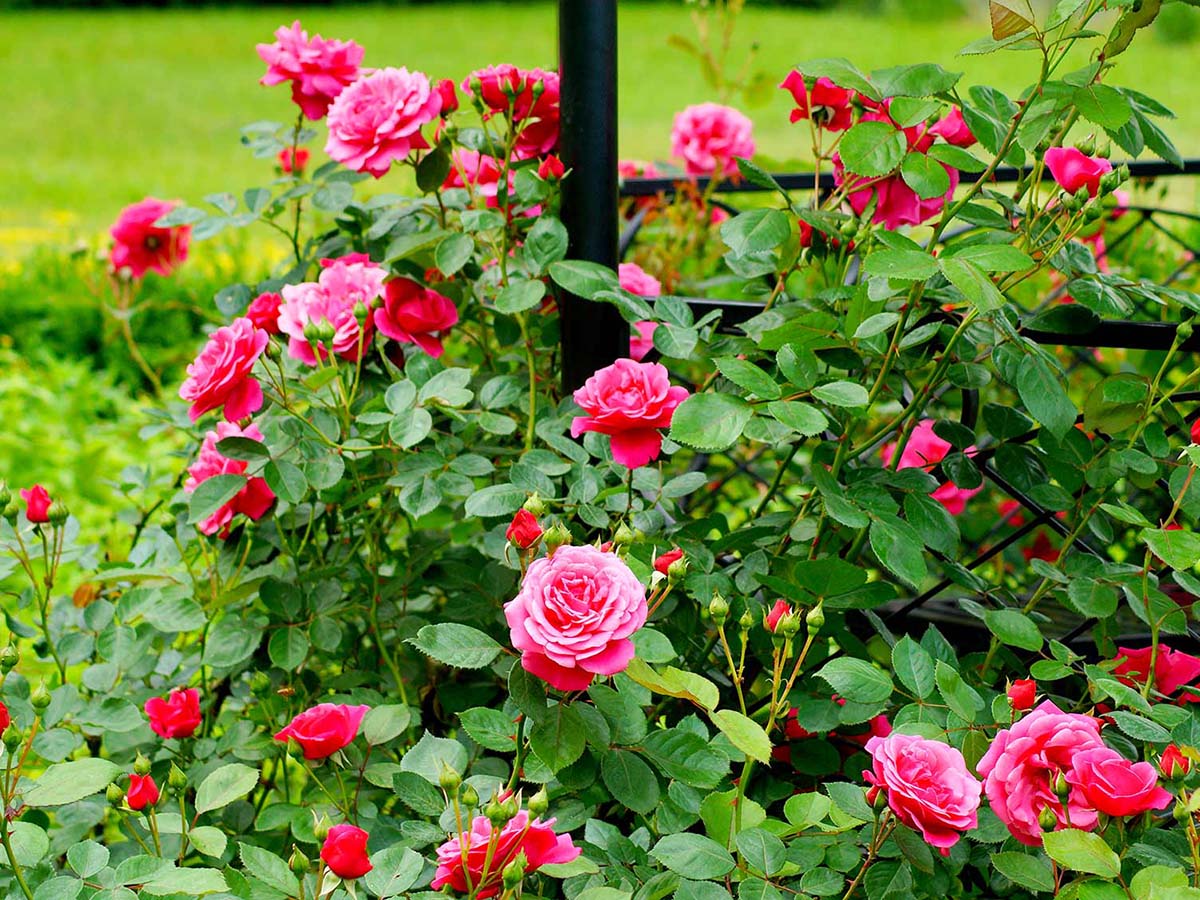

0 thoughts on “How Long Does It Take Jewelweed To Germinate”